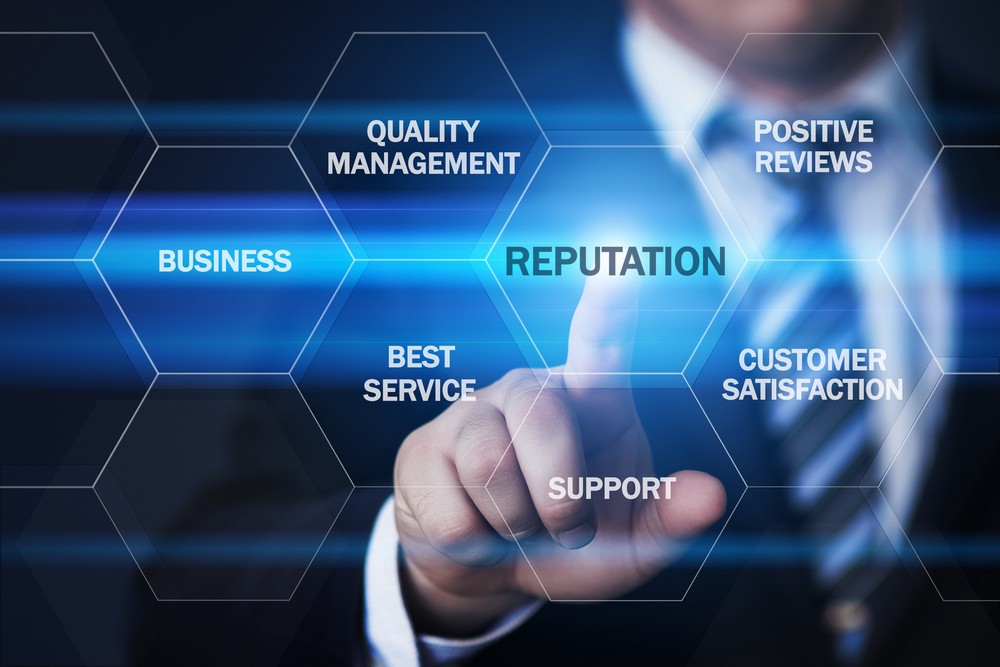Contents
- 1 Introduction
- 2 Key Take-Aways
Introduction
In today’s highly competitive business world, reputation management is a crucial aspect of any organization’s success. It involves managing the way your organization is perceived by others, including customers, employees, investors, and the media. With the rapid pace of technological advancement and the ever-changing business landscape, it is essential to keep up with the latest trends and best practices in reputation management. Continuous learning and development can play a critical role in improving reputation management.
What is Learning and Development (L&D)?
Learning and Development (L&D) refer to the process of acquiring knowledge, skills, and competencies through training, education, and experience. It encompasses various activities, such as workshops, seminars, e-learning, mentoring, coaching, and on-the-job training. The goal of learning and development is to help individuals and organizations enhance their performance, productivity, and competitiveness.
What is Reputation Management?
Reputation Management is the process of building, maintaining, and protecting the reputation of an organization or individual. It involves managing how people perceive the organization’s brand, products, services, and overall image. Reputation Management encompasses various activities, such as public relations, social media management, crisis management, brand building, and customer service.
Importance of Learning and Development to Reputation Management
Continuous learning and development can have a significant impact on reputation management. Here are some reasons why:
1. Stay Up-to-Date with the Latest Trends and Best Practices.
Learning and Development can help individuals and organizations stay informed about the latest trends, best practices, and industry standards in reputation management. This knowledge can help organizations identify potential risks and opportunities, stay ahead of the competition, and build a positive reputation.
2. Develop Critical Skills and Competencies.
Reputation management requires a range of skills and competencies, such as communication, relationship-building, crisis management, and social media management. Learning and development can help individuals and organizations develop these critical skills and competencies, leading to better reputation management outcomes.
3. Improve Employee Engagement and Retention.
Providing opportunities for learning and development can improve employee engagement and retention. Employees who feel supported in their professional growth and development are more likely to be loyal to their organization and perform at a higher level.
4. Enhance Organizational Performance.
Learning and development can enhance organizational performance by improving employee skills and competencies, leading to increased productivity, efficiency, and profitability.
Advantages of Learning and Development to Reputation Management
Continuous learning and development can help individuals and organizations develop the skills and competencies needed to manage a crisis effectively. This can help prevent or minimize damage to the organization’s reputation. This is especially true since crises are normally the single greatest factors that destroy organizations.
With the rise of social media, it has become crucial for organizations to manage their online presence effectively. Learning and development can help individuals and organizations develop the skills and competencies needed to manage social media accounts, respond to customer inquiries, and engage with their audience effectively.
Learning and development can help individuals and organizations develop the skills and competencies needed to provide excellent customer service, leading to increased customer satisfaction and loyalty.
Implementing Learning and Development Programs in the Workplace
Organizations can take a number of steps to implement learning and development programs in the workplace. One of the ways include assessing Learning and Development needs. Organizations should assess their L&D needs by identifying skills gaps, analyzing performance data, and conducting employee surveys.
Organizations may need to design L&D Programs that address specific L&D needs. This can involve developing e-learning modules, organizing workshops or seminars, and providing on-the-job training.
Organizations should then implement their L&D programs by providing access to training resources, setting performance goals, and monitoring progress.
Finally, organizations should evaluate the effectiveness of their L&D programs for corrective adjustments. They analyze what’s working and what’s not working and make appropriate changes.
Read Also: Reputation Management: Tips and Tricks of Protecting Your Brand
Key Take-Aways
In conclusion, continuous learning and development are critical to the success of any organization’s reputation management strategy. By investing in employee development, organizations can improve employee engagement, crisis management, productivity, innovation, and customer satisfaction. To implement successful learning and development programs, organizations should assess their needs, develop a comprehensive plan, invest in technology and resources, and foster a culture of continuous learning.
It’s therefore imperative that staff are upskilled in order to satisfy the organization’s needs. Corporate training programs from Indepth Research Institute (IRES) would do just that – satisfy the needs of organizations.
Register now to reap the benefits of a well trained staff on Reputation Management!
We have a firm belief that every organization has a unique purpose only they can fulfil in this world. We work with you in organizing your resources to exploit opportunities so that you can fulfil your purpose and realize full potential. We build the capacity of people, processes and systems for organizational success and growth as well as nurturing a thriving ecosystem.
Ready to enhance your skills and boost your career? Explore our corporate training programs now and start your journey to success.









Comment here